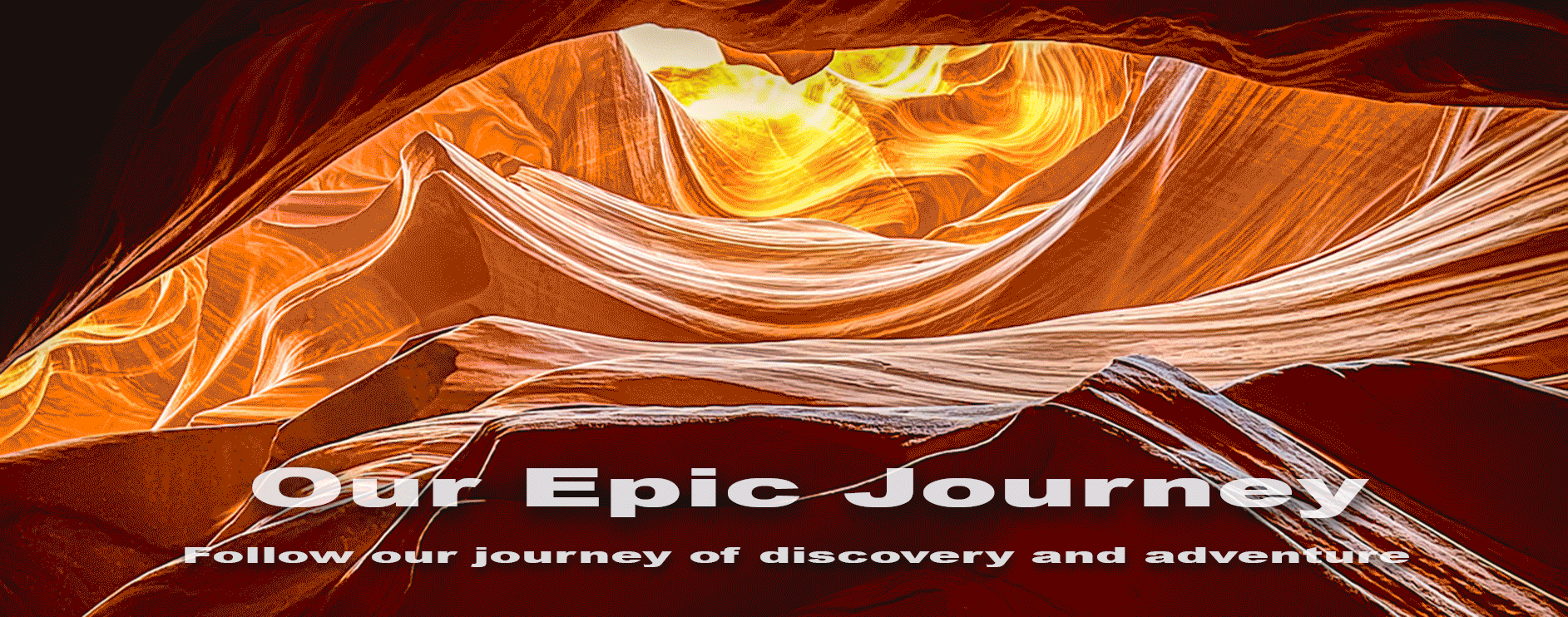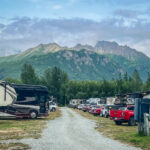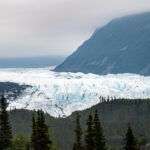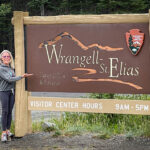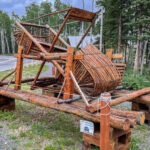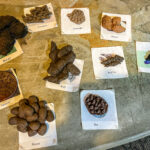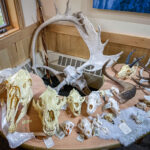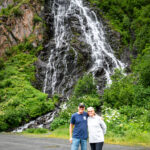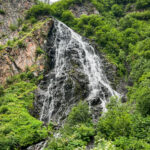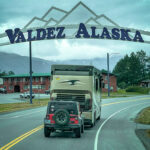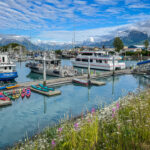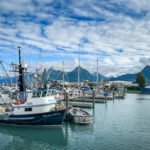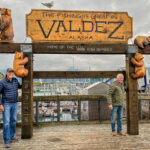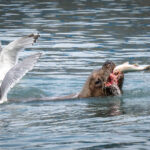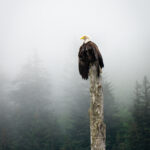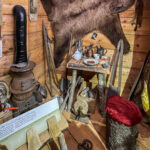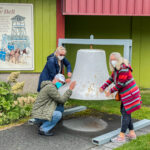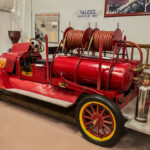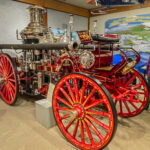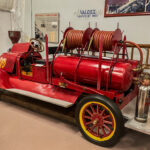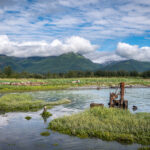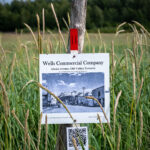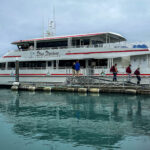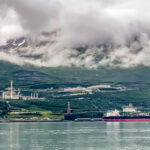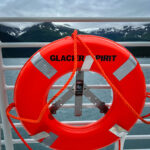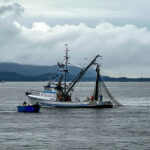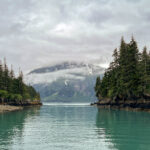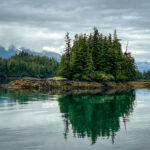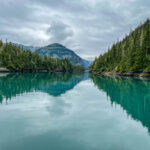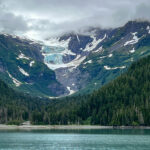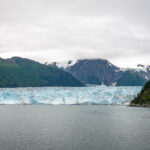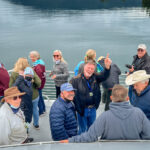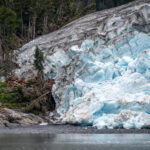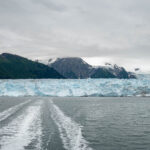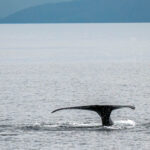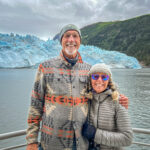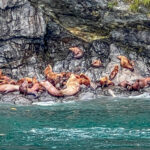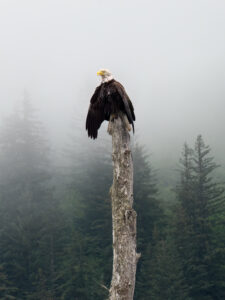 From Homer, we retraced our route back to Anchorage and stayed overnight in Palmer, Alaska. Palmer is a small city located in the Matanuska-Susitna Valley, and it has a rich history dating back to the early 1900s. The city was founded by the Matanuska Colony Project, a New Deal project that aimed to establish a farming community in the area. Today, Palmer is known for its agriculture, particularly the cultivation of vegetables and flowers.
From Homer, we retraced our route back to Anchorage and stayed overnight in Palmer, Alaska. Palmer is a small city located in the Matanuska-Susitna Valley, and it has a rich history dating back to the early 1900s. The city was founded by the Matanuska Colony Project, a New Deal project that aimed to establish a farming community in the area. Today, Palmer is known for its agriculture, particularly the cultivation of vegetables and flowers.
The next morning, we headed to Valdez, passing the massive Matanuska Glacier. The Matanuska Glacier is one of the most accessible glaciers in Alaska and it is a popular destination for visitors. The glacier is over 27 miles long and 4 miles wide and it’s one of the largest glaciers in the United States. It’s also known for its unique blue ice and the beautiful views of the surrounding mountains.
 Later in the day, we visited the Wrangle-St. Elias Visitor Center. Wrangle-St. Elias National Park and Preserve is the largest national park in the country, covering an area of over 13 million acres. The park is home to several glaciers, including the largest non-polar ice field in the world, and it’s also a popular destination for hikers, hunters, and fishermen.
Later in the day, we visited the Wrangle-St. Elias Visitor Center. Wrangle-St. Elias National Park and Preserve is the largest national park in the country, covering an area of over 13 million acres. The park is home to several glaciers, including the largest non-polar ice field in the world, and it’s also a popular destination for hikers, hunters, and fishermen.
As we continued on to Valdez, we passed by the spectacular Bridal Veil and Horsetail Falls. These falls are known for their spectacular views and are a popular spot for hikers and photographers. They’re both located on the Lowe River, a tributary of the Copper River.
Finally, we reached our home base for the next two days, the Bear Paw RV Park in Valdez. Valdez has a rich history dating back to the gold rush of the late 1800s. The original town of Valdez was established in 1898 and was located about 9 miles east of the current location. This old town was prone to flooding and avalanches, and after the disastrous 1964 Good Friday Earthquake, which caused a massive landslide that destroyed the town and killed several people, the decision was made to relocate the town to its current location.
The Salmon Gulch Hatchery, located in Valdez, Alaska, is a state-run facility that is dedicated to the production and release of salmon. The hatchery has several different species of salmon including sockeye, coho, and pink salmon. The hatchery raises fish from eggs to smolt stage before releasing them into the ocean.
The hatchery plays an important role in the local fishing industry by supplementing wild salmon populations and providing additional fishing opportunities for the community. The hatchery also offers educational tours for visitors to learn about the life cycle of salmon and the hatchery’s role in the ecosystem. Click on thumbnail to view image
Drive to Valdez
Prince William Sound Boat Tour
Early in the morning, we set out on a boat tour of Prince William Sound, an area known for its rugged beauty and rich history. Our first stop was the terminus of the Trans Alaska pipeline, a 800-mile long pipeline that carries oil from the North Slope of Alaska to the port of Valdez. The pipeline was built in the 1970s and has played a significant role in the state’s economy.
As we continued on our journey, we passed the area where the Exxon Valdez ran aground in 1989, an event that resulted in one of the worst oil spills in history. Despite the tragic incident, the area has made a remarkable recovery and is now a haven for wildlife and nature enthusiasts.
As we sailed further out into the sound, we came across purse seiners fishing for salmon. It was a sight to behold as the boats worked together to corral the fish before they were pulled their massive haul on board.
Next, we headed towards Meares Glacier one of the only advancing tidewater glaciers in North America, surrounded by towering mountains on either side of the sound with lush trees coming down to the shoreline offering truly breathtaking views. Meares Glacier is an awesome natural wonder. The glacier is named after the Mears family, who were pioneers in the area and played a significant role in the development of the sound.
As we approached the glacier, we could see the blue-white ice shining in the sun, and heard the sound of ice cracking and large chunks calving into the ocean. One of the most impressive things about the Meares Glacier is its size. The glacier is over 3 miles wide and over 700 feet thick in some places, making it one of the largest glaciers in the area. The ice is also incredibly clear and pure, which is why it has a blue-white color. Click on thumbnail to view image
On our return journey, we were treated to the sight of colonies of Steller Sea Lions and several whales breaching. It was a stunningly beautiful and memorable experience in every way. From the rich history of the Trans Alaska pipeline and the Exxon Valdez disaster, to the natural beauty of the Meares Glacier and the wildlife that calls the sound home, this tour was an unforgettable experience.
